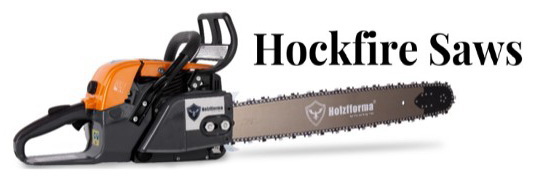Looks like it's primary purpose is ease of sharpening without a guide, where it takes the variability of the height of a bare round file in the cutter completely out of the equation. With a round file used with a guide it's not an issue anyway...
The hexa file only has two useable sides and I think it was stated in one of the videos or writeups that it's expected to last for two sharpening's(?!). At least, unlike a bevel/square file, wiping out the corners isn't a big deal.
But no more rotating the round file around to find the sweet spot to get a last sharpening or two...
Despite it's appearance, I really don't believe that there's any relationship at all to bevel/square chain.
I don't see there being much of any cutting performance improvement over round filing and in effect it's pretty much what you end up with "round" grinding. With a round file the underside of the top cutting edge gets radiused ("hollow ground") where with a grinder it goes straight in and depending on the wheel radius can leave a flat surface.
So the only difference from grinding to hexa is the angular profile on the side plate which to me seems fairly inconsequential to the cutting performance and could easily enough be duplicated anyway with an appropriately profiled wheel if desired.
So it may hold up a bit better than (similarly angled) round filed because the radiused round filed edge is by definition more delicate but then seems hexa would also be slightly slower.
A while back I bought a 288 from a logger and noticed the chain cutters had a profile very similar to the hexa.
I inquired and he told me he had been "square filing" his chains like that for years and they cut quite well, showed me a double bit file that he was using.
He was somewhat intrigued when I showed him what actual square filed was, had never actually seen it before and was very interested in trying it.






